While most eyes were elsewhere last week, President Trump signed a proclamation to remove fishing restrictions within the Northeast Canyons and Seamounts Marine National Monument. The 4,900-square-mile marine protected area off the coast of New England is home to numerous endangered species and fragile deep-sea corals that can live for thousands of years.
The announcement took place late Friday afternoon in a week beset by protests over systemic racism in the middle of a pandemic.
Experts say removing protections puts a wide range of ocean species in harm’s way. It would also distance the nation from the goals of several scientific calls to fully protect 30% of the ocean by the year 2030.
Established by President Obama in 2016, the monument represents only about 1.5% of the U.S. Exclusive Economic Zone in the Atlantic Ocean, but it encompasses the majority of strongly protected marine protected areas in continental U.S. waters. Removing its fishing restrictions would eliminate 84% of ocean protections within the continental United States, according to the Center for American Progress.
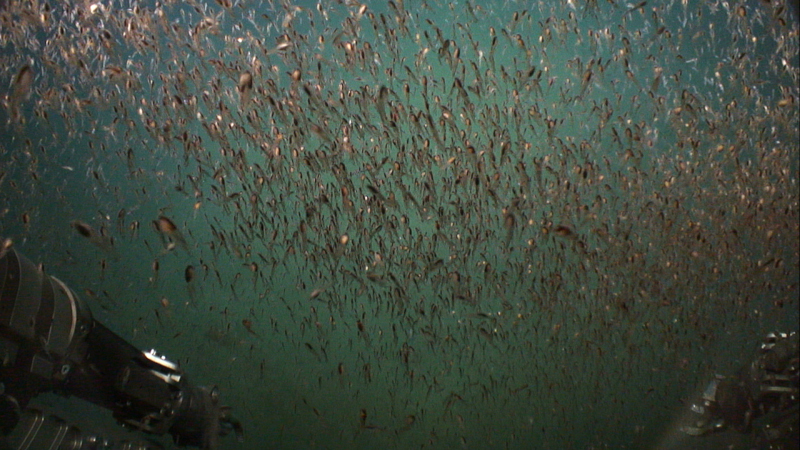
Trump’s public announcement at an event in Bangor, Maine, failed to recognize the scope or value of the monument.
“What reason did [Obama] have for closing 5,000 miles,” Trump said. “That’s a lot of miles. Five thousand square miles is a lot.” The statement ignored the fact that President George W. Bush protected an even larger ocean area in the Northwest Hawaiian Islands.
“He didn’t have a reason, in my opinion,” Trump continued. “For me, I can’t even believe they can do a thing like that. That’s a terrible thing. That’s a terrible thing.”
But there is a reason: Fishing restrictions were put in place in the monument to protect the many fascinating and threatened species that call these waters home.
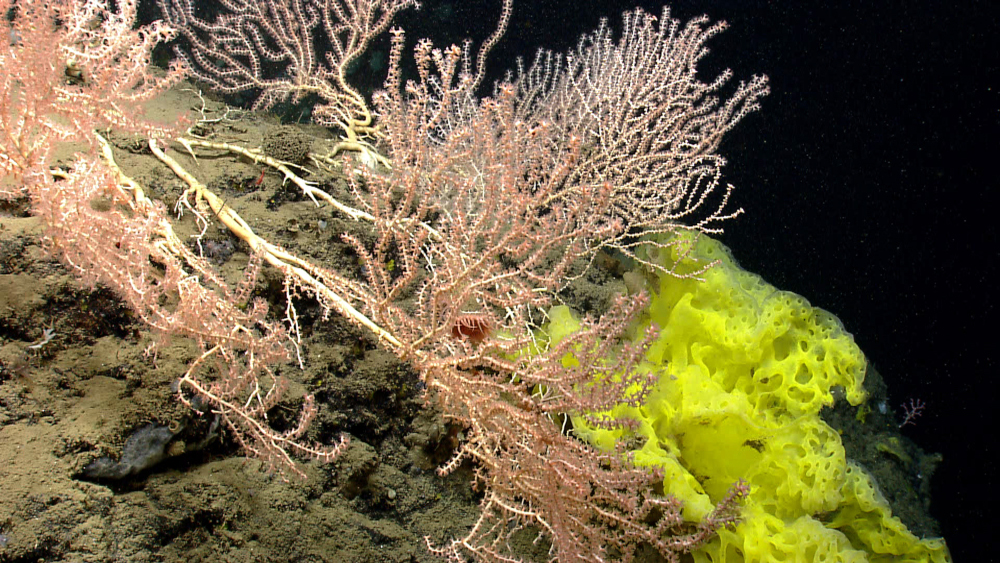
We don’t really know exactly how badly this change will hurt those species, though, because this decision is unprecedented — no one in U.S. history has ever done so much to un-protect protected areas.
It’s also on uncertain legal ground, as many experts say the move — similar to Trump’s removal of protections at Bears Ears and Grand Staircase national monuments — may even be illegal.
Of course the removal of protections — which some experts call one of the most anti-conservation efforts in human history — happened as part of a discussion that included the president boastfully and incorrectly claiming that “I’m a big environmentalist.”
We spoke with several top ocean conservation experts to find out why Trump’s latest move to weaken environmental protections matters, why marine protected areas and the national monument — especially this one — are so important, and what comes next.
What Is a Marine Protected Area?
Marine protected areas like Northeast Canyons and Seamounts Marine National Monument are a key mechanism for protecting ocean biodiversity and the planet.
A marine protected area, or MPA, can be thought of like an underwater national park. Definitions vary, but the term usually represents “no-take” MPAs, or marine reserves — places in which no fishing or oil and gas development are permitted.
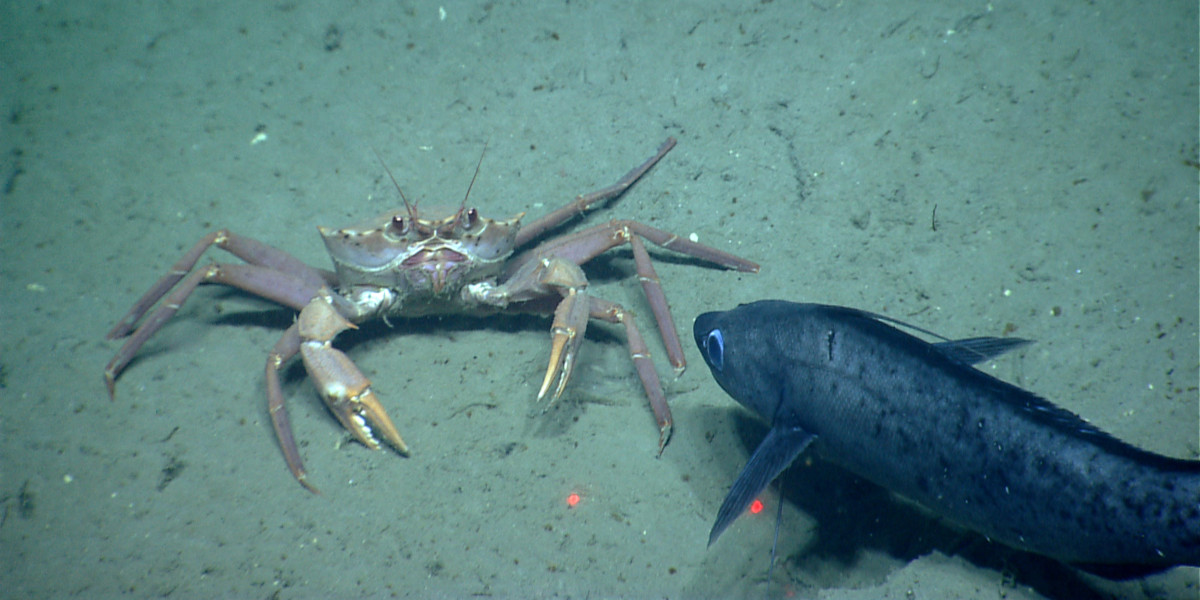
The goal of establishing these MPAs is to have some parts of the ocean free from human-caused destruction and overexploitation. This allows them to serve as both sanctuaries for endangered animals and as places where overharvested fish populations can recover. When MPAs are properly designed and effectively administered, they result in more biomass and more biodiversity within their boundaries.
This doesn’t mean people are forbidden from entering an MPA, but it does place certain limits on how the areas can be used or commercialized.
“Multiple uses of the ocean benefit communities, but these uses need to be balanced, and part of the balance means that some places need to be sed aside to enable the ocean to stay healthy,” says Kelly Kryc, director of conservation policy and leadership at the New England Aquarium. “Only a healthy ocean provides all the benefits humans need.”
Those benefits extend beyond marine species’ populations. There’s also some evidence that protecting ocean habitats can contribute to planetary climate resilience.
Marine protected areas are growing around the world, but not fast enough, according to most conservation experts.
Goals set under the international Convention on Biological Diversity required the nations of the world — excluding the United States, which is the only United Nations member that hasn’t signed onto the Convention — to fully protect 10% of coastal and marine areas by this year. According to a recent report, that benchmark which has not been met. In fact, we’ve only protected about 2% so far worldwide.
Another goal, established under the aegis of the IUCN World Conservation Congress, calls for the world’s nations to increase the amount of MPAs to protect 30% of the ocean by the year 2030.
Un-protecting this monument, experts say, is a major step in the wrong direction.
And a surprising step, since MPAs have proven to be very widely supported.
A Bipartisan History in the United States
Although elements of the fishing industry and the oil and gas industry oppose MPAs on principle, the general concept of protecting some parts of the ocean remains overwhelmingly popular in the United States.
A 2019 survey by the David and Lucile Packard Foundation found that 92% of Americans believe government regulation is necessary to protect the ocean, and 95% support the establishment of more marine protected areas — stunningly high support in a divided country where 55% support is often considered a landslide.
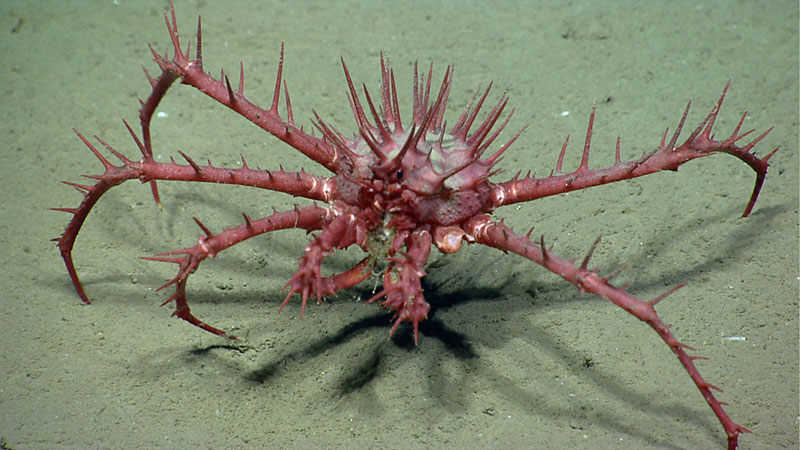
And this isn’t a left-right issue. President George W. Bush, at one point, held the record for creating the largest marine protected area in the United States — the Northwestern Hawaiian Islands Marine National Monument, which Bush later renamed Papahānaumokuākea and Obama expanded.
Obama then continued that conservation effort with his creation of Northeast Canyons, the first marine monument in the U.S. Atlantic Ocean.
What Is Northeast Canyons and Seamounts Monument, and What Does It Protect?
Northeast Canyons and Seamounts National Monument covers (as its name suggests) four underwater mountains and three deep-sea canyons, as well as a wide range of unique species. President Obama declared it a site worthy of conservation under the Antiquities Act in September 2016.
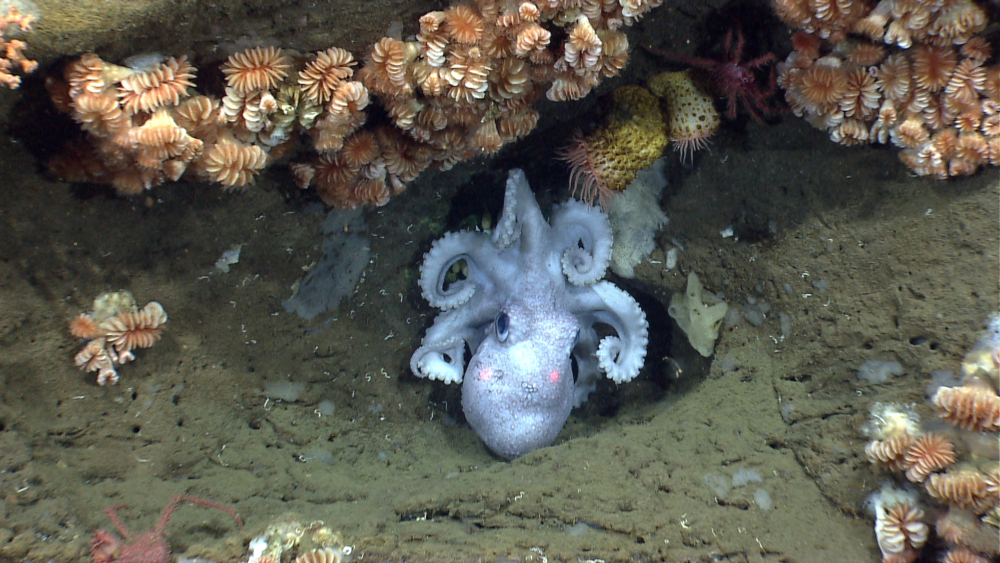
But it wasn’t a new idea. Discussions about creating an Atlantic marine monument had been ongoing for decades. The Bush White House considered acting on it, according to Peter Auster, a senior research scientist at the Mystic Aquarium who was involved in evaluating candidate sites for protection.
“Many presidents have used the Antiquities Act to expand the diversity of public lands that are conserved, protecting important examples of our nation’s natural heritage,” Auster says.
The area that eventually became Northeast Canyons and Seamounts monument won the honor because of its relatively untouched nature and incredible biodiversity. It’s home to so many fish that one of Auster’s colleagues described it as “obscenely abundant.”
One of the most endangered species found there at certain times of year is North Atlantic right whales, primarily threatened by fishing gear entanglement and ship strikes.
Experts say the region includes habitat for fragile deep-sea corals and sponges, which take centuries to grow and are incredibly vulnerable to several types of fishing gear.
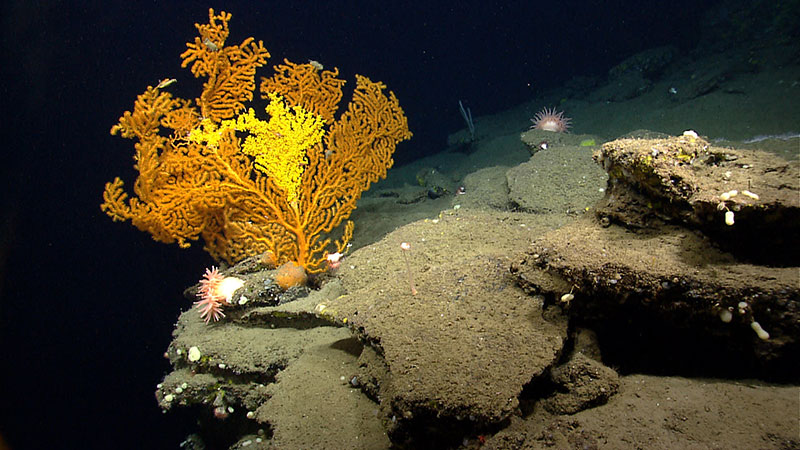
“Allowing commercial-scale fishing here will greatly affect the ecosystem,” Auster says. “We need to protect the whole ecosystem from any threats. This isn’t just about protecting corals in the deep canyons, but about protecting the whole wide web of ecological interactions.”
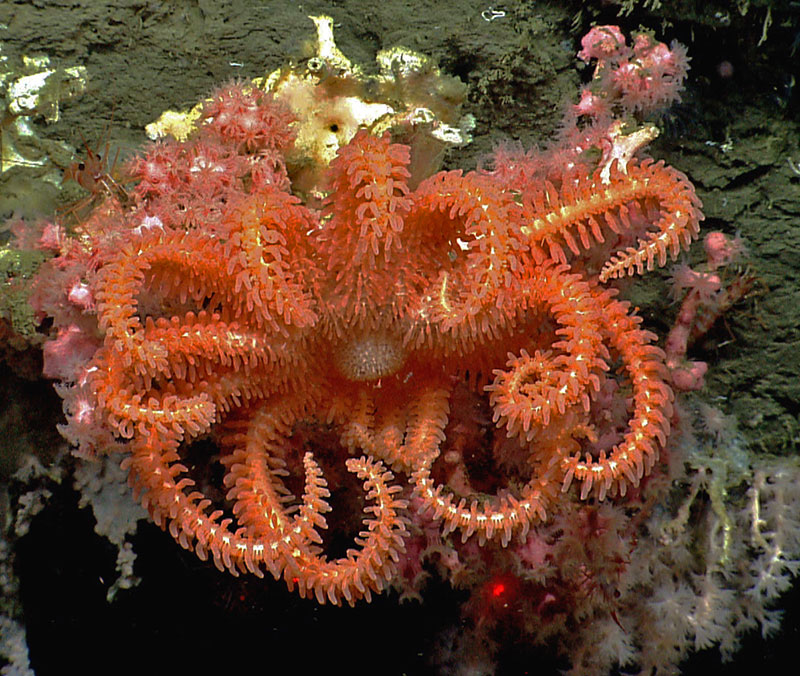
Everything that happens in Northeast Canyons is part of a vast, interconnected system, any element of which could easily be disrupted. There are food web linkages between the surface and the deep ocean, Auster says. “Beaked whales dive 2,000 meters and transfer energy between the deep sea and the surface. This will all be disrupted by commercial fisheries.”
Disputing Claims and Criticisms
There’s no doubt that the U.S. fishing industry is hurting now, as the COVID-19 pandemic has resulted in making fishing more dangerous for crews working in close quarters, similar to what’s happening in meat-packing plants on land. Meanwhile the pandemic has also sharply reduced demand for seafood.
However, the establishment of the Northeast Canyons and Seamounts Monument does not appear to have influenced the fishing industry in any way.
“The problem facing U.S. fisheries isn’t lack of supply,” says Miriam Goldstein, director of ocean policy at the Center for American Progress. “The problem is there’s no one to buy it because most seafood is bought in restaurants. The administration’s own economic analysis found that there were no impacts to the monument and no benefits to the rollback of protections.”
And the amount of protected areas that could now be fished don’t represent all that much opportunity for fishing fleets. Auster notes that Northeast Canyons only represents 1.5% of the U.S. Atlantic Ocean’s exclusive economic zone. The remaining 98.5% was always open to fishing.
In fact, part of the reason this area was chosen is that hardly anyone was fishing there to begin with. And some of that fishing remained legal after the monument’s establishment. Recreational fishing is still permitted, and crab and lobster fishing were allowed until 2023.
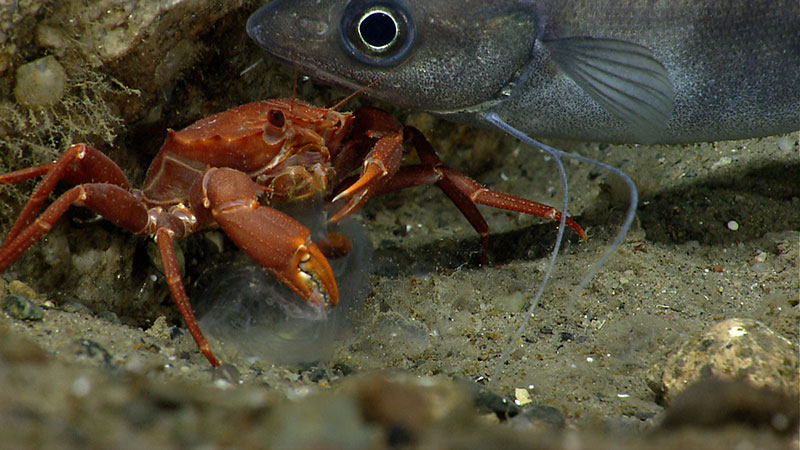
“At the time the monument was designated, there were just six permits to fish in those waters,” says Kryc, who notes that the actual boundaries of the monument were designed with input from industry to minimize disruption to local fisheries.
On the other hand, Trump’s process and decision to revoke protections did not include other stakeholders.
“Despite concerns from the fishing community that this monument would have a negative impact on industry, years of data have shown that this just hasn’t happened,” Kryc points out. “Landings for the fishery have actually increased since the monument was designated.”
Supporters of the monument dispute some observers’ claims that President Obama’s creation of it, while legal under the Antiquities Act, bypassed some of the processes typically associated with U.S. ocean management, such as a lack of involvement of fisheries management councils.
“Fisheries management councils are not in charge of everything about the ocean,” Goldstein says. “There are many uses of the ocean, and fishing interests shouldn’t control all of it. We have to figure out how to do more than one thing with the ocean. Supporting sustainable seafood practices is not an argument against protecting some areas of the ocean. Additionally, there are certain areas of the ocean that are just not compatible with fisheries, and deep-sea coral habitat is one of them.”
What Should Be Done Instead?
Goldstein suggests several things the Trump administration could do instead of removing protections for the monument that would help New England fishing communities more than allowing fishing within Northeast Canyons.
“The administration could give more economic relief to fishermen,” she says, echoing points she made in a recent op-ed. “The CARES act included hundreds of millions of dollars for fishermen, but that was for the entire country, so it didn’t go far enough.”
Goldstein also notes that the administration’s ongoing trade war with China hurt the Maine lobster fishery, resulting in tariffs on American-caught lobster and an increase in Chinese consumption of Canadian lobster.
The fisheries could also help feed people hurt by the pandemic. “The government has the power through the USDA to directly buy seafood and freeze it or distribute it to people in need,” she says. “They’re already doing this a little, but could do more.”
And finally, the biggest problem by far for Gulf of Maine fisheries is climate change — which, of course, the administration is either not addressing or actively exacerbating.
What Comes Next?
It’s not clear if this decision by President Trump is legal, and environmental groups have already pledged to take the administration to court, meaning the final fate of National Canyons remains in limbo.
In the meantime, experts say, we can still move forward to support both the monument and ocean biodiversity in general.
First, people can voice support for the monument and MPAs. “The best thing people can do is communicate to elected officials that you want the monument to exist, and you want more of them,” says Kryc. “We need support from Congress.”
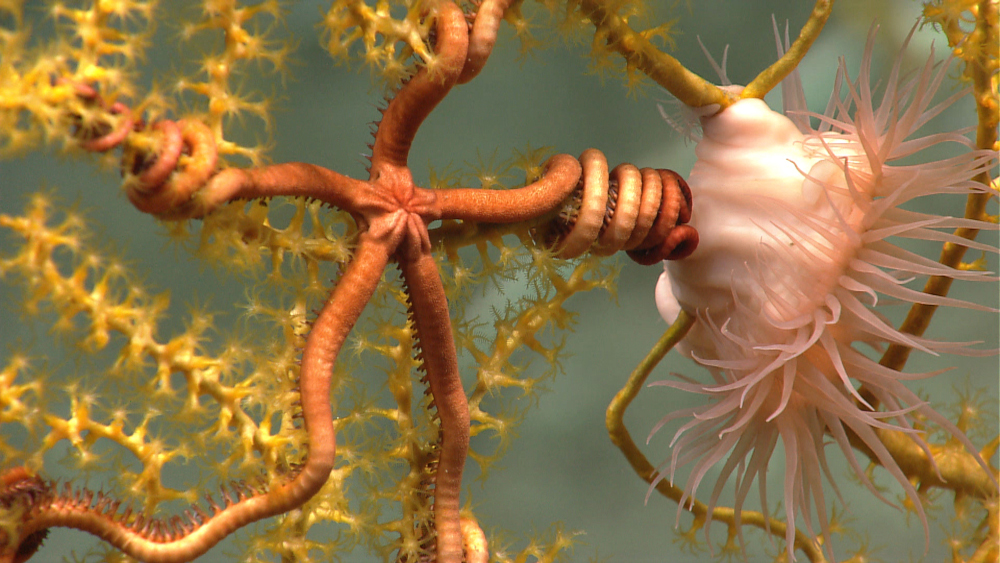
They also suggest moving to protect more ocean hotspots on the state level. “You can help a lot by protecting state waters, which the federal government doesn’t have control over,” Goldstein says, noting that there are bills being debated in South Carolina and California about creating state-level MPAs now.
And we can’t forget the people who are suffering: We need solutions that can benefit both communities and the environment.
“The fact that President Trump is spending time on this at all during a pandemic and civil unrest and 40 million people unemployed while the very fishermen he’s trying to help are asking for specific assistance he’s not providing is just…ugh,” Goldstein says.
![]()

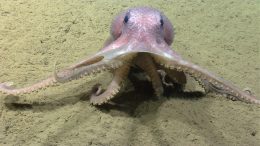
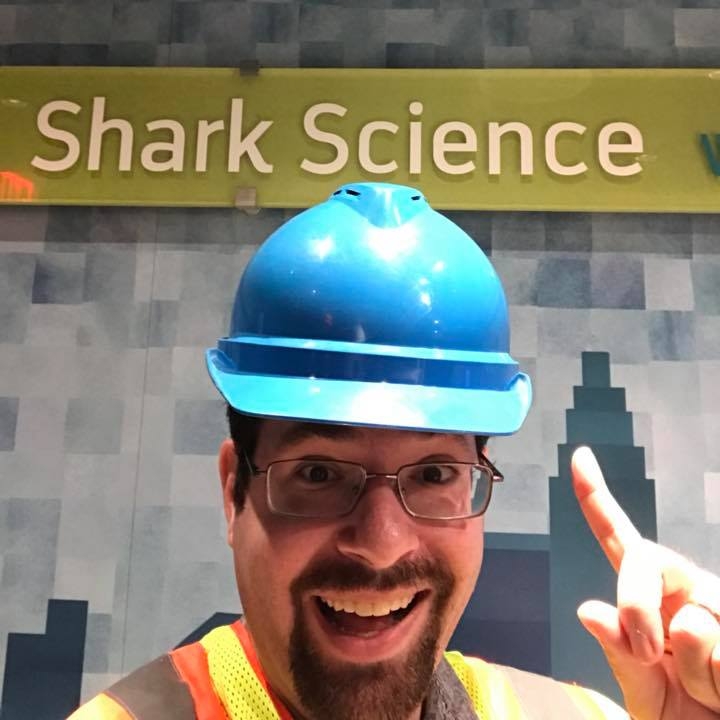
1 thought on “Trump Administration Eliminates Protections for Vast Ocean Monument — Experts React”
Comments are closed.